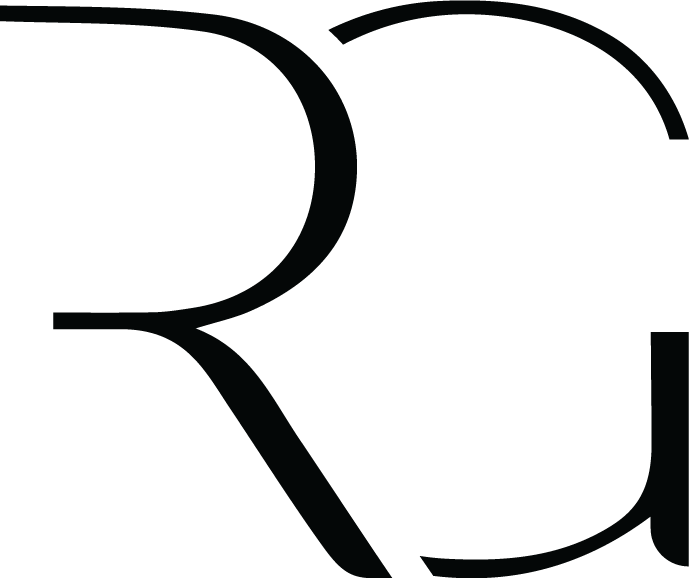Otoplasty, commonly known as ear surgery, is a cosmetic procedure to reshape and reposition the ears for a more aesthetically pleasing appearance. Whether correcting prominent ears, reducing their size, or addressing other ear-related concerns, Dr. Guida offers personalized otoplasty surgeries to enhance overall facial harmony and balance.
The Impact of Overly
Prominent Ears
Facial harmony is a delicate balance of features that contribute to an individual’s overall appearance. Overly prominent ears can significantly affect this balance and draw undue attention away from other facial characteristics. Prominent ears, often referred to as “bat ears” or “Dumbo ears,” can lead to self-consciousness and reduced self-esteem, especially in children and adolescents. The protruding ears can dominate the face, overshadowing its other attractive elements and potentially causing emotional distress.
Furthermore, overly prominent ears can disrupt the natural contours of the face, making it appear less symmetrical and proportionate. Achieving facial harmony is about ensuring that each feature complements the others, and when ears stand out excessively, this harmony is disrupted. Otoplasty, or ear surgery, offers a solution to restore facial balance by reshaping and repositioning the ears, thus allowing individuals to regain their confidence and achieve a more harmonious facial appearance.

Ear Surgery (Otoplasty) Treats:
- Prominent or protruding ears
- Asymmetrical ear appearance
- Abnormal ear shape or size
- Congenital ear deformities
- Trauma-related ear injuries
- Dissatisfaction with ear aesthetics
Ear Surgery (Otoplasty), Explained
Ear surgery, or otoplasty, is a surgical procedure to reshape and reposition the ears to enhance their appearance and improve facial harmony. This cosmetic surgery can address concerns like prominent or protruding ears, asymmetry, abnormal shape or size, congenital deformities, and injuries. During otoplasty, Dr. Guida may manipulate the cartilage and skin of the ear to create a more balanced and aesthetically pleasing look. Otoplasty is a safe and effective way to elevate your ear aesthetics and restore facial harmony.
The Recovery Process
In the initial days following the procedure, you’ll likely experience discomfort, swelling, and bruising around the ears. Dr. Guida will provide pain medication to manage any discomfort, and you should plan to rest and avoid strenuous activities during this period. It’s crucial to follow your surgeon’s post-operative instructions, which may include wearing a special bandage or headband to support the healing process and protect the newly shaped ears.
Be gentle when cleaning and caring for your ears, and avoid sleeping on your side or applying pressure to them. Over the coming weeks, the swelling will gradually subside, and you’ll begin to see the final results of your ear surgery. Most patients can return to their regular routines within a few weeks, although strenuous activities should be avoided for a more extended period. Remember that the full healing process can take several months.
Ear Surgery (Otoplasty) FAQs
What is otoplasty, and who is it suitable for?
Otoplasty, or ear surgery, is a cosmetic procedure to reshape and reposition the ears. It is suitable for individuals of various ages who are unhappy with the appearance of their ears due to factors like protrusion, asymmetry, or congenital deformities.
Is otoplasty a painful procedure?
Otoplasty is typically performed under local or general anesthesia, so you should not feel any pain during the surgery. However, some discomfort and mild pain are common during the initial days of the recovery period, which can be managed with prescribed pain medication.
How long does the otoplasty procedure take?
The duration of an otoplasty surgery can vary depending on the complexity of the case, but it usually takes around one to two hours.
What is the recovery time for otoplasty?
Recovery times can differ from person to person, but most individuals can return to their regular activities within a few weeks. Strenuous activities should be avoided for a more extended period, and full healing may take several months.
Are there any risks or complications associated with otoplasty?
Like any surgical procedure, otoplasty carries some risks, including infection, scarring, and asymmetry. However, these risks are generally low, and Dr. Guida takes all available measures to mitigate these risks and ensure a smooth recovery.
Will there be visible scarring after otoplasty?
Otoplasty incisions are typically placed behind the ear or within the natural creases of the ears so the scars won’t be very visible. Over time, any scarring that does occur usually fades and becomes less noticeable.

Experience Artistic Surgical Judgment
Dr. Robert Guida is a double board-certified facial plastic and reconstructive surgeon with nearly 30 years of experience. His unwavering commitment to his craft and his sterling reputation as a trusted professional have solidified his position as one of the best in the business. He has been recognized as one of the Best Doctors in Castle Connolly Guide for over 25 years, a testament to the trust he has earned from patients and peers. Consult Dr. Guida to benefit from his artistic surgical judgment today.